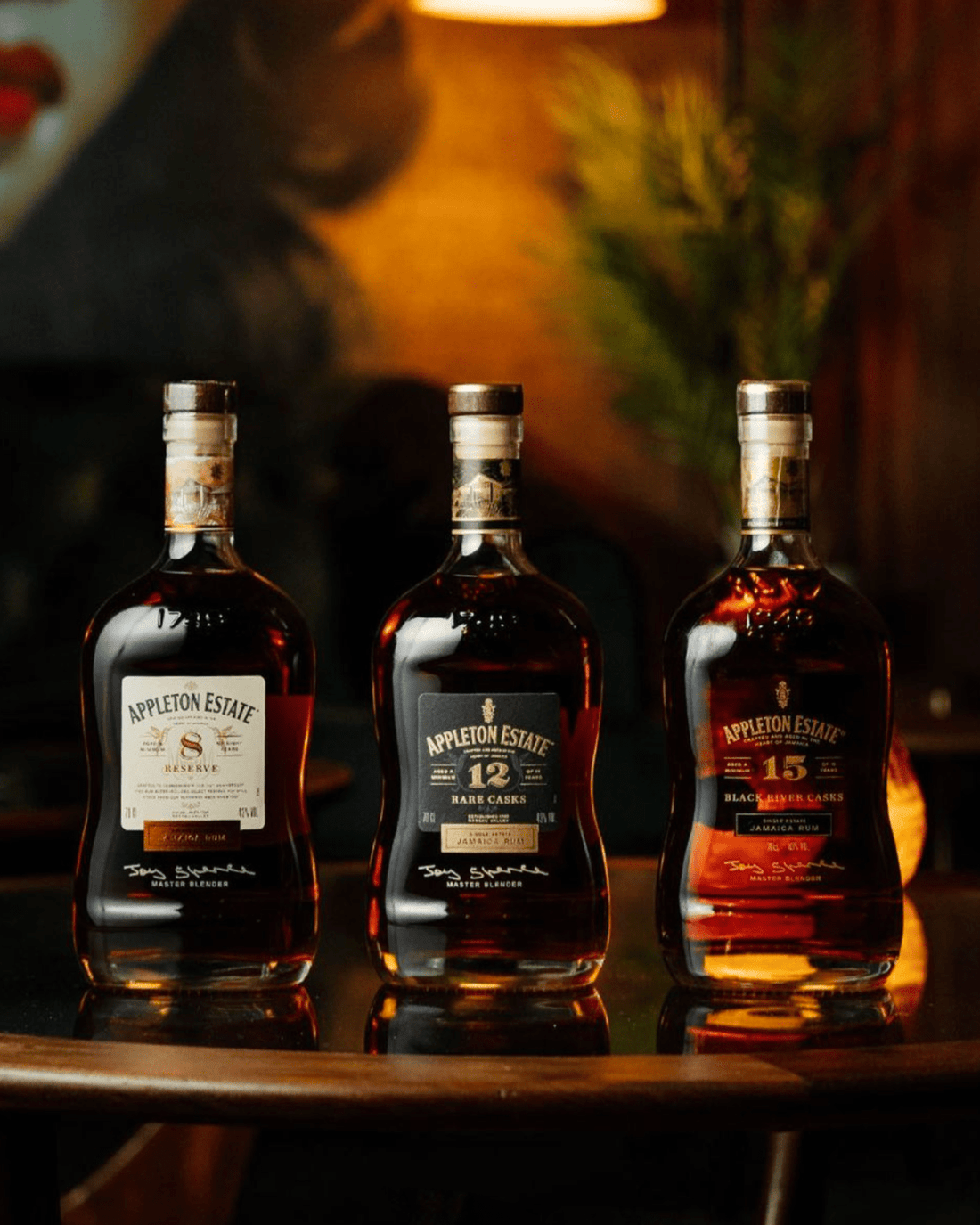
The History & Culture of Jamaican Rum | Tropical Temptations
Share
Introduction
Jamaican rum is more than just a drink—it carries centuries of history, cultural heritage, and island spirit in every glass. From rum’s birth on sugar plantations to revered distilleries like Appleton and Worthy Park, explore how rum became woven into Jamaica's identity.
Colonial Beginnings & Sugar Plantation Era
Rum distillation on the island began in the 17th century when British colonizers turned molasses—a byproduct of sugar production—into a potent spirit . Jamaican soil and tropical climate proved ideal for sugarcane, laying the foundation for rum's rise .
A Cultural Icon and National Identity
Rum isn't only a beverage in Jamaica—it’s deeply embedded in cultural rituals. From medicinal tinctures to funeral rites and celebrations, it’s a spiritual symbol used in healing, toasts, and communal gatherings . Local brands like Wray & Nephew, Appleton, and Rumbar are more than products—they're cultural staples .
Continued Tradition & Modern Growth
Long-standing estates such as Appleton (est. 1749), Hampden, Worthy Park, and others endure today, keeping distillation traditions alive . Jamaican rum gained global acclaim throughout the 20th century, particularly as demand grew in the U.S. post-Cuban embargo .
Why It Matters to You
At Tropical Temptations, our rum collection honors this legacy—each bottle encapsulates island heritage, traditional techniques, and the bold character that defines Jamaican rum.
Conclusion
Invite your readers to experience more than a spirit—invite them into a story of legacy, craftsmanship, and culture with every sip of authentic Jamaican rum.
